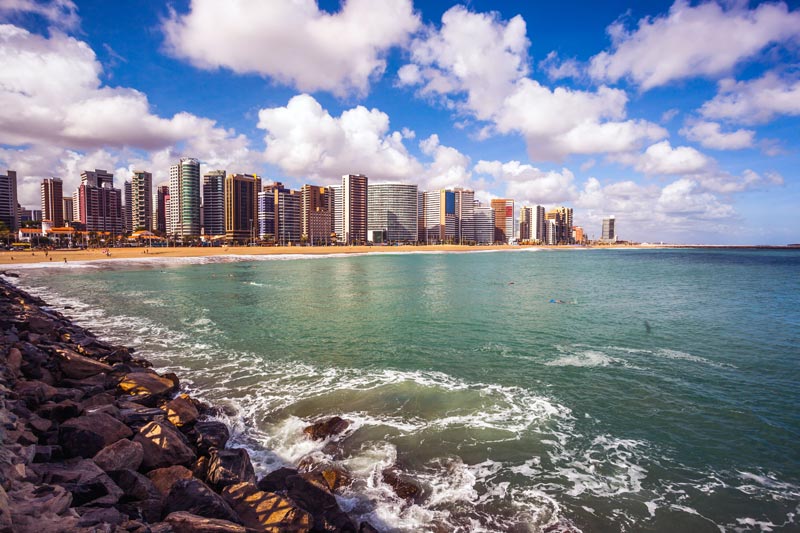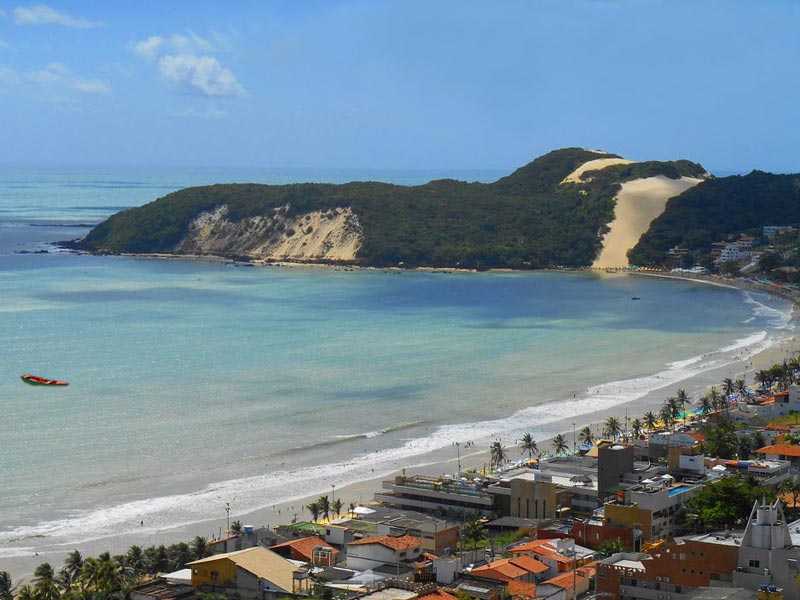2014 World cup host cities - Curitiba, Brazil

About: Curitiba is the capital of the Brazilian state Paraná, which is located in the southern part of Brazil. The city was founded in 1693 and 1,8 million people live there nowadays. The population is formed mainly by European emigrants from Russia, Germany, Ukraine, Poland and Italy. Before start to travel to Brazil check my post - 6 things to know, before you travel to Brazil . Curitiba - Brazil, Foto: Portal da Copa Location Curitiba is situated in south part of Brazil at about 105 km (65 mi) west of the Atlantic Ocean and sits on a plateau at 932 m (3000 ft.) above sea level. The city occupies an area of 432 sq. km. (166 sq. mi.). Climate Curitiba has a subtropical climate, but because of the altitude of almost 1000 meters above the sea level, an average minimum temperature during the winter (June-September) is 7 °C (45 °F) and sometimes falling even below 0 °C (32 °F). In the summer (December-March) temperatures could reach of maximum through 30...


